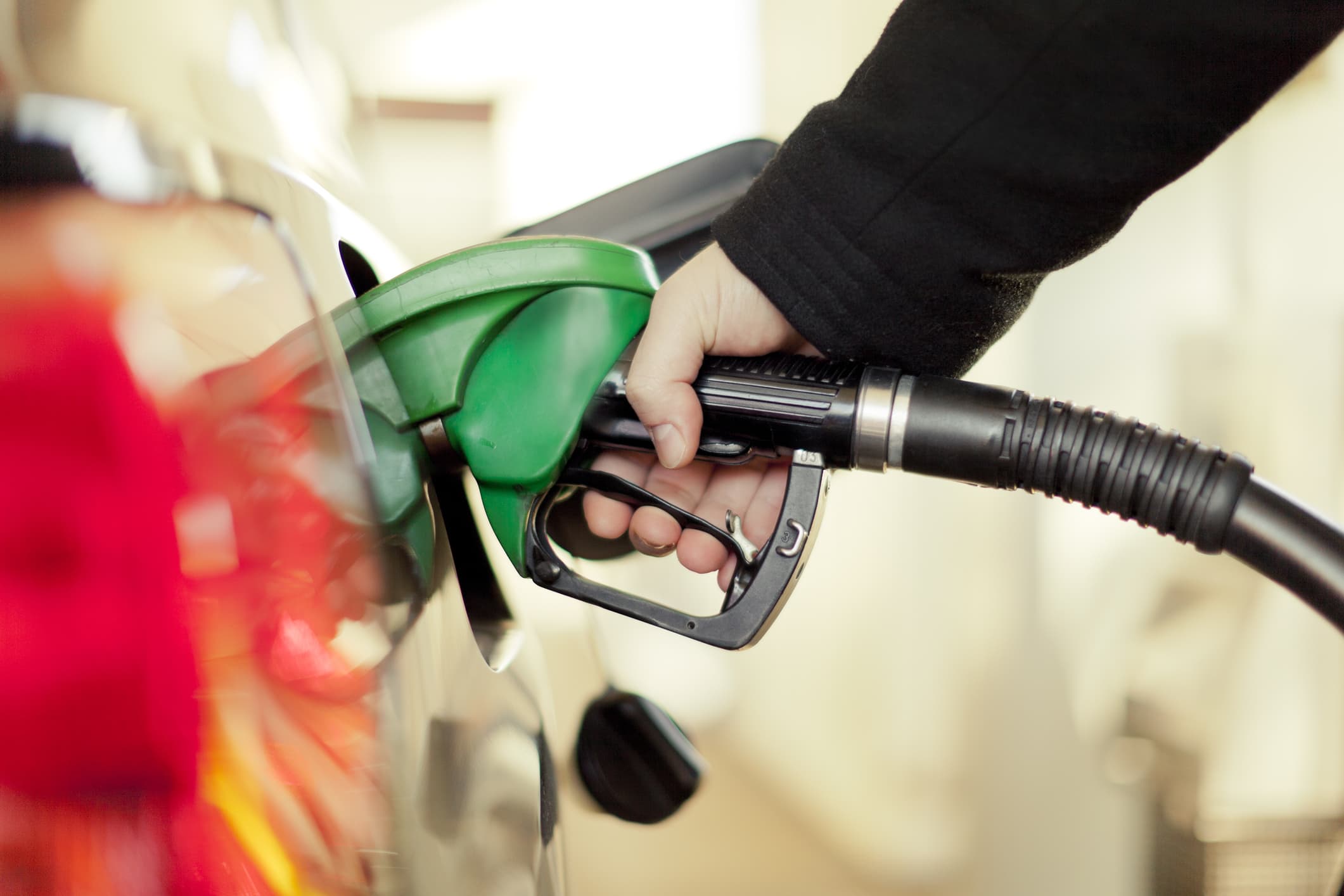
With gas prices up nearly 50% since last year, you might be looking for ways to stretch your gas mileage.
Fortunately, you don’t have to spend a lot of money upgrading to a more fuel-efficient vehicle to do so, as small changes in your driving and vehicle maintenance habits can reduce your gas costs by at least a half buck per gallon, if not more.
Here’s a look at eight tips provided by the U.S. Department of Energy, along with the estimated savings per gallon. All estimates assume a fuel price of $3.31 per gallon.
By following tips like these, you could save the equivalent of a monthly car payment over a year of driving, according to Jack Gillis, executive director of the Consumer Federation of America and author of “The Car Book.”
1. Ease up on the gas and brakes
Your gas mileage typically decreases rapidly at speeds above 50 miles per hour, costing you an estimated $0.23 extra per gallon for every 5 mph you drive over 50 mph, according to the U.S. Department of Energy.
“The harder your engine works, the more gas it’s going to take. Rapid acceleration and high-speed driving make your engine work harder, and therefore, it sucks up more gasoline,” says Gillis.
In addition to quick acceleration, braking suddenly often also wastes fuel, too. This is why coasting to a red light or down a hill is recommended.
Estimated savings: $0.23–$0.46 per gallon
2. Avoid excessive idling
Newer vehicles have engines that automatically stop when you idle your car. The reason is to save fuel: Waiting at a red light takes an average of about 45 to 120 seconds, while starting your car only requires about 10 seconds of gas, per the U.S. Department of Energy.
That said, newer cars also have heavy duty starters that can handle dozens of starts in a day, which is why turning off your engine at red lights is not typically recommended with older cars without start/stop engines.
However, if you’re otherwise parked safely for more than 10 seconds, consider turning off the engine to save on gas: Idling can cost you up to half a gallon of fuel per hour, depending on engine size and air conditioner use.
Estimated savings (without the air conditioner on): $0.01–$0.02 per minute
3. Remove excess weight from your car
“A lot of people carry salt and sand things in their trunk. It’s kind of an old school way of coping with potential snowstorms or icy conditions,” says Gillis.
But losing an extra 100 pounds stored in your vehicle will improve your miles per gallon by about 1%, based on the percentage of extra weight relative to the vehicle’s weight. The effect is less of a factor with smaller vehicles, according to the U.S Department of Energy.
Estimated savings: $0.03 per gallon
4. Avoid storing cargo on your vehicle
By adding cargo containers or tracks for bikes to the roof of your vehicle, you increase the vehicle’s wind resistance, which means that your engine has to work harder to maintain its speed. Aerodynamic drag can increase fuel consumption by as much as 20% on the highway, according to the U.S Department of Energy.
A large roof-top cargo box reduces fuel economy by around 2% to 8% in city driving, and 6% to 17% on the highway, according to the Department of Energy. If you need the storage, consider using rear-mounted cargo boxes, which reduce fuel economy by only 1% or 2% in city driving and 1% to 5% on the highway.
Estimated savings: $0.07–$0.56 per gallon
5. Keep your engine properly tuned up
The short-term costs of properly maintaining your vehicle can improve your gas mileage by an average of 4%, though results vary depending on based on how well your car is already running, according to the Department of Energy. Fixing a serious maintenance problem, such as a faulty oxygen sensor, can improve your mileage by as much as 40%.
Check your car’s manual to know how often you should get a tune up, as that will depend on the age and model of your vehicle. For newer cars, an inspection every 20,000 to 30,000 miles is commonly recommended.
Estimated Savings: $0.13 per gallon
6. Make sure your tires are properly inflated
Tires lose pressure over time, so you should check and make sure they’re properly inflated at least every month. To know your car’s optimal PSI rating, check your manual or the sticker in the jamb of your driver’s side door. It’s usually in the 30 to 35 PSI range.
Under-inflated tires will lower gas mileage by about 0.2% for every 1 PSI drop below your optimal PSI rating, and they can lower the lifespan of your tires.
Estimated savings: $0.02 per gallon
7. Use the recommended grade of motor oil
Buy a motor oil that matches your vehicle manufacturer’s specifications and certification requirements, and change your oil according to the carmaker’s recommendations, per Edmunds. By doing so, you can improve your gas mileage by 1% to 2%, according to the U.S. Department of Energy.
Also, when buying motor oil, look for the words “Energy Conserving” on the API performance symbol to be sure it contains friction-reducing additives.
Estimated savings: $0.03–$0.07 per gallon




